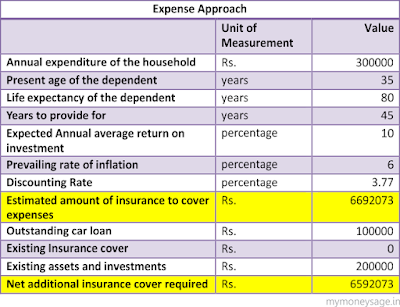Most of us think that term life insurance costs about the same per month as a whole life policy. This is true for all policies, not just whole life. The way that term works is that you buy the policy for a set number of years. After the specific number of years has passed, you can then renew the plan and buy a new one. The cost per month stays the same as it does for a whole policy because it is a fixed term policy.
The reason most people think that term life insurance rates by age is because this is the number that most companies use. Term life needs to be renewed periodically, so the company bases the rate on your life expectancy at the time of renewal. If you have good health up until the point that you need the plan to be renewed, you will receive the best rates. If you have bad health or if you begin to age prematurely, you will end up with very high monthly rates.
If you want to know how much is life insurance by age chart, there is one key piece of information that you should always remember: age is only one factor when it comes to determining your monthly premiums. Other factors, such as gender, race, hobbies, health problems, and more, will also affect the amount that you pay. So, it is important to know how much does life insurance by age chart affects your monthly premium. By knowing this critical information, you will be able to choose the coverage that is best for you.
Another common question about how much is life insurance by age chart is whether or not you should purchase universal or permanent life coverage. There are pros and cons to both of these types of coverage. Most experts recommend that people purchase universal life coverage because it allows them to accumulate money for their entire lifetime. This eliminates the possibility that they will not have enough money after their death to cover all of their expenses.
On the other hand, permanent coverage is very useful if someone has a lot of assets. Unlike an universal policy, a permanent policy will allow you to keep your cash value even after you die. This cash value is usually based on an estimate of your entire life expectancy. This allows you to receive a maximum amount in the event of your death.
It is important to understand how much is life insurance by age chart because many factors can affect it. The premiums, benefit period, death benefits, and the investment options are just a few examples. Each of these factors affects how much you pay in premiums. If you want to get the cheapest rates, then it is a good idea to do some shopping online for different life insurance quotes. You can obtain a whole life insurance rate or a term life insurance rate chart, which gives you the ability to compare many factors simultaneously.
Some online providers offer discounts for people who purchase more than one policy from their website. If you buy a term policy for ten years and then decide to purchase another term policy for twenty years, you can get a discount. If you buy a whole life policy and then decide to purchase another whole life policy within the same twenty years of the first policy, you can still receive a discount. Insurance providers have a number of different options for you to choose from. So make sure that you are comparing all of the options available to you, and you will be sure to find the right amount of coverage at the best possible price.
